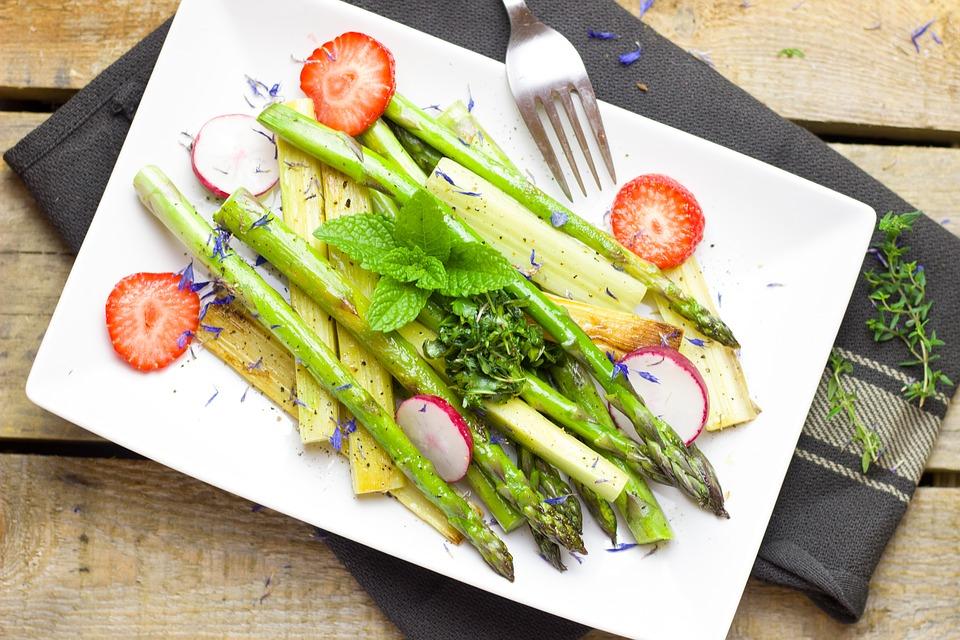Here’s The Trick To Getting People To Eat Their Veggies, According To Science

Max Pixel
It’s one thing to say you want to eat healthily and another entirely to commit to the veggies when ordering dinner off a restaurant menu full of temptations. But new research from Stanford University suggests that if healthy options are presented with indulgent descriptions, you’ll be more likely to pick them and feel good about your decision (rather than experiencing FOMO while eyeing your friend’s gooey mac ‘n’ cheese).
The researchers observed the eating habits of approximately 28,000 college students and staff members in a campus dining hall for a total of six weeks. The cafeteria served vegetables prepared in the same ways throughout the experiment, but reworked their labels on the menu signs in four different ways: basic, healthy restrictive, healthy positive and indulgent.
Take zucchini as an example. Even though the actual food was no different, they served “zucchini,” “lighter-choice zucchini,” “nutritious green zucchini” and “slow-roasted caramelized zucchini bites.” And the resulting consumption data was incredibly ironic.

Max Pixel
Indulgent veggies were the unanimous winner. When compared to the basic labeling, 25 percent more diners took the vegetable when the indulgent label was attached. And the other two fell even further behind. Consumption rates of “indulgent” vegetables were 35 percent higher than the “healthy positive” vegetables and 41 percent higher than the “healthy restrictive” vegetables. And at the end of the day, the veggies were all exactly the same.
This study reveals an important disconnect between what we say we want, what we ultimately choose and how marketing professionals are going about connecting those two dots in the wrong ways. We don’t need miraculous health claims to help nudge us toward the green stuff when we’re enjoying a night out. We need yummy adjectives, the promise of flavor and a feeling that we aren’t doing too much damage to our diets as we spoil ourselves a little bit. We want to have our cake and eat it, too. Luckily, in this particular case, it’s possible with just a little rewording.











